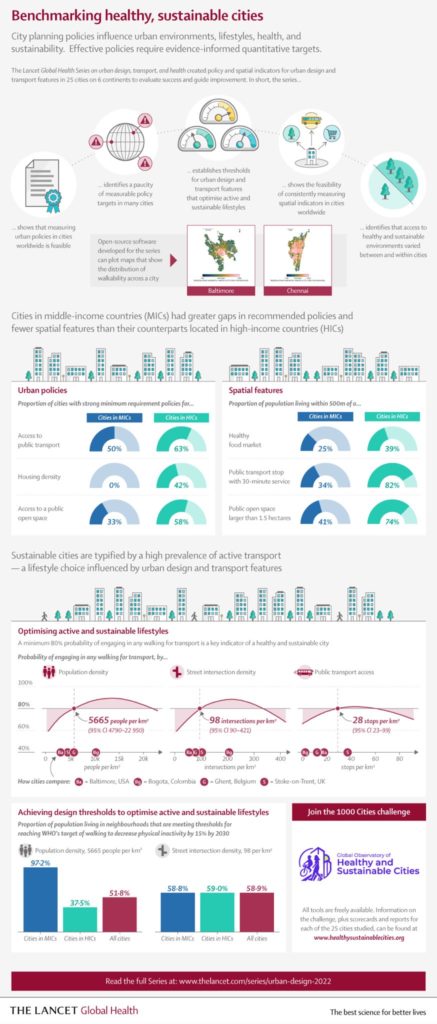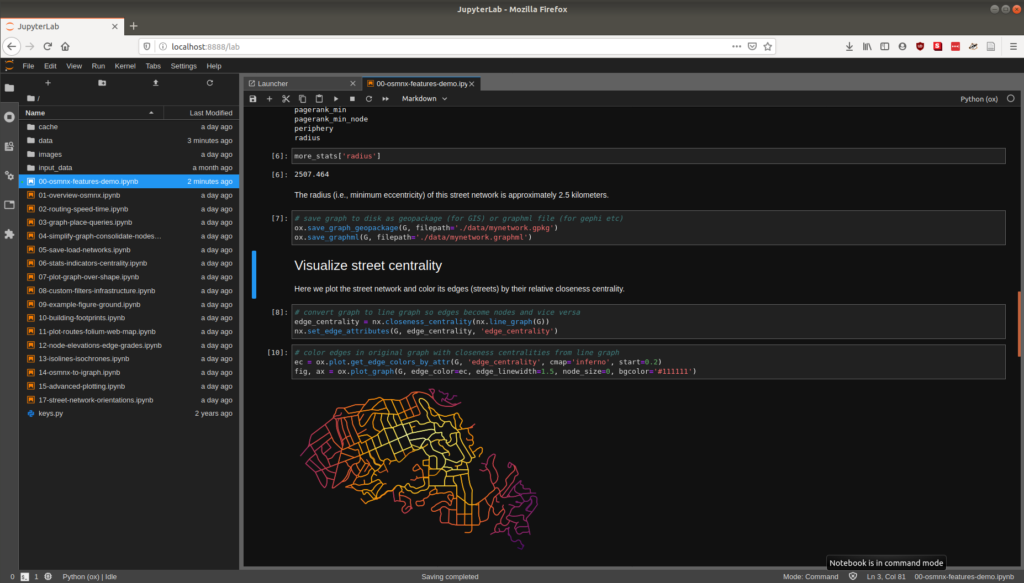I recently co-authored an article, “Global Healthy and Sustainable City Indicators: Collaborative Development of an Open Science Toolkit for Calculating and Reporting on Urban Indicators Internationally,” now published in Environment and Planning B: Urban Analytics and City Science. This was a collaboration with my colleagues at the Global Observatory of Healthy and Sustainable Cities, in which we discuss our spatial software co-development process with collaborators and practitioners around the world.
From the abstract:
Measuring and monitoring progress towards achieving healthy, equitable and sustainable cities is a priority for planners, policymakers and researchers in diverse contexts globally. Yet data collection, analysis, visualisation and reporting on policy and spatial indicators involve specialised knowledge, skills, and collaboration across disciplines. Integrated open-source tools for calculating and communicating urban indicators for diverse urban contexts are needed, which provide the multiple streams of evidence required to influence policy agendas and enable local changes towards healthier and more sustainable cities. This paper reports on the development of open-source software for planning, analysis and generation of data, maps and reports on policy and spatial indicators of urban design and transport features for healthy and sustainable cities. We engaged a collaborative network of researchers and practitioners from diverse geographic contexts through an online survey and workshops, to understand and progressively meet their requirements for policy and spatial indicators. We outline our framework for action research-informed open-source software development and discuss benefits and challenges of this approach. The resulting Global Healthy and Sustainable City Indicators software is designed to meet the needs of researchers, planners, policy makers and community advocates in diverse settings for planning, calculating and disseminating policy and spatial urban indicators.
For more, check out the article.

